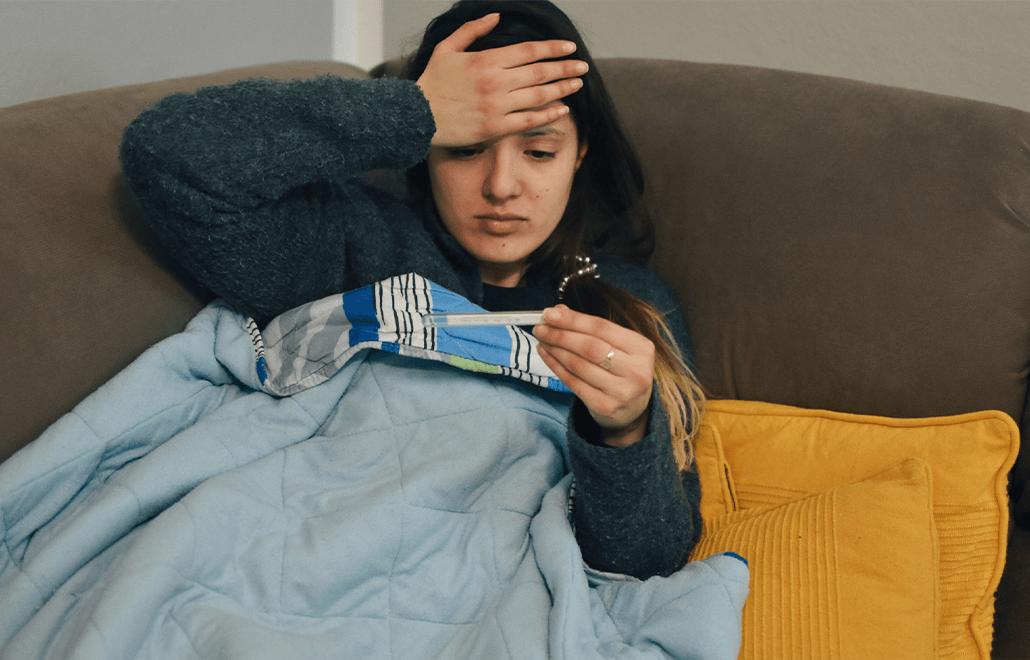The medical community strives to understand and address the complexities of long COVID, a mysterious condition. As we navigate these uncharted waters, one aspect gaining attention is the role of exercise in the recovery process. Dr. Kim, a seasoned physician with insights into this new challenge, sheds light on the intricacies of COVID and how exercise might be crucial in combating its persistent symptoms.
Understanding Long COVID:
Long COVID refers to a range of symptoms that continue for months after the acute phase of the infection has resolved. This syndrome, as outlined in the Journal of American Medicine, is typically characterized by symptoms persisting for at least six to twelve months post-infection. With the COVID-19 pandemic being a relatively recent health crisis, the research surrounding long COVID is still in its infancy, leaving many questions unanswered.
The Symptoms and Their Impact:
Patients with long COVID often experience a constellation of symptoms, including fatigue, malaise, and a general feeling of being unwell. These symptoms can be debilitating, affecting an individual’s ability to perform everyday activities. Dr. Kim notes the importance of differentiating long COVID from other serious conditions that might mimic its symptoms, such as cardiac or respiratory issues.
Exercise as a Potential Aid:
While the science is still evolving, there’s a growing consensus on the potential benefits of exercise for those suffering from long COVID. Dr. Kim emphasizes the importance of a thorough medical evaluation before embarking on any exercise regimen. This evaluation ensures that exercise will be beneficial and not exacerbate any underlying health issues.
Once medical professionals have cleared an individual, regular exercise can be a valuable tool in the recovery process. Activities such as walking or light aerobic exercise can help rejuvenate the body and mind, providing a sense of well-being and energy. However, the approach to exercise must be tailored to each individual’s condition and overall health status.
Navigating the Path to Recovery:
For those grappling with long COVID, the journey to recovery can be challenging. It requires a multidisciplinary approach involving careful evaluation and monitoring by healthcare professionals like Dr. Kim. Their role is to treat the physical symptoms and provide guidance and support throughout recovery, including integrating exercise into the patient’s lifestyle.
Conclusion:
The mystery of how long COVID has been lingering remains a significant focus of medical research and patient care. In this evolving landscape, exercise emerges as a promising recovery component, offering hope to those affected. Dr. Kim’s insights underscore the importance of a personalized and cautious approach to incorporating exercise into the recovery plan, always under the guidance of medical professionals.
For patients and families dealing with long COVID, understanding the role of exercise and seeking professional medical advice is a step toward managing this perplexing condition and moving towards a healthier future.



